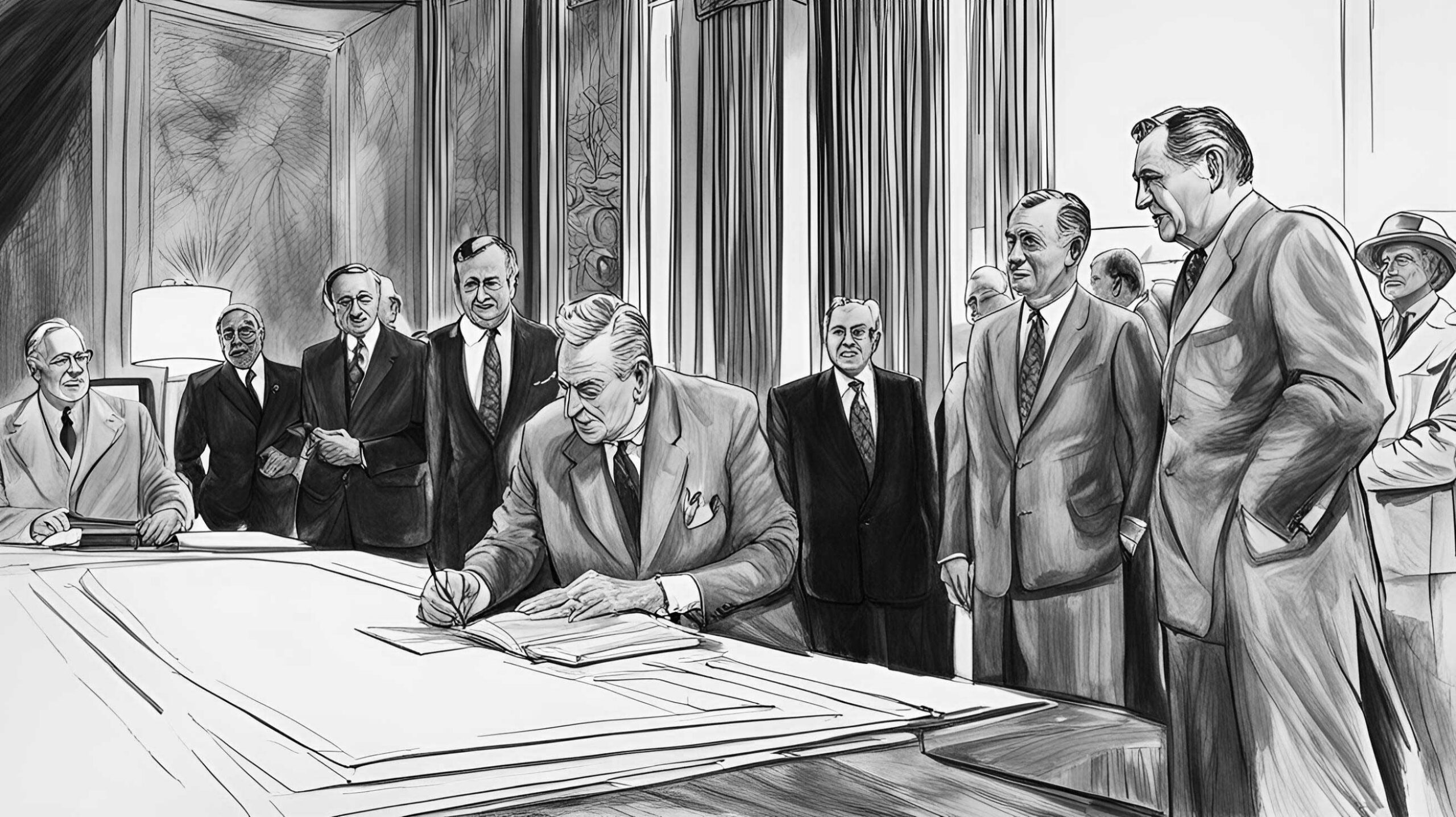Flashback to December 26
American History

In the heart of San Francisco Bay sits a unique historical gem, Angel Island. This site is famous not just for its natural beauty, but also for the fortifications constructed on November 1, 1863, by combat forces. These fortifications symbolize a significant chapter in the island’s military history, and they attract history enthusiasts, researchers, and tourists who want to explore the depths of American history. Today, we delve into the era when troops built fortifications on Angel Island, showcasing its military importance and the role it played during the Civil War.
Angel Island, a strategically placed bastion, became a central military installation point in 1863, during the Civil War. Deliberately chosen because of its prime location in the middle of San Francisco Bay, Angel Island provided a much-needed defense line to secure the West Coast. The fortifications were part of the harbor’s defense, strategically placed to repel enemy ships, hence protecting the naval and commercial interests of San Francisco and, by extension, the United States.
The fortifications on Angel Island were not just a measure taken in the heat of the battle; instead, they were a product of careful planning and strategic foresight. The military engineers were keen on using the island’s natural topography to their advantage. The bluffs and hills were not obstacles, but rather opportunities to establish a strong defensive setup. The troops meticulously designed and built these fortifications, converting the island into a formidable military fort.
The most significant fortification was Camp Reynolds, also known as the West Garrison. This fort was stationed on the west side of the island, boasting barracks, a hospital, and even a bakery, alongside several cannons strategically positioned along the coastline. The fortification was well equipped, sturdy, and highly defended, ready to act as a deterrent for potential threats.
Another notable structure was the East Garrison, or Fort McDowell. Initially built for a smaller infantry, it later expanded to accommodate and process incoming troops during World War I and II. It’s crucial to acknowledge the foresight the 1863 troops had in constructing these fortifications at strategic points, which were later used extensively during significant world wars.
The Battery Ledyard, a single gun battery, is another testimony of the intricate planning and dedication of the troops stationed on Angel Island. This battery was Cdr. William Ledyard’s work, an asset to the team with extensive experience in coastal defense. It stands as a silent sentinel even today, a witness to the bygone era.
Moreover, the troops’ astonishing feat wasn’t limited to just erecting physical structures. They also undertook a massive endeavor to create vital infrastructure. Building the quartermaster’s wharf was one such important infrastructure project, which facilitated the transportation of troops and materials. The thoughtfully planned and executed work played a significant role throughout the history of Angel Island, with its influence marked well into the 20th century.
Today, Angel Island stands as a testament to the endeavors of the troops in the Civil War, providing invaluable insights into the history of defense strategies and military architecture of the era. The fortifications have withstood the test of time and are an integral part of the rich historic tapestry of Angel Island.
Visitors can step back in time and witness the strategic fortifications firsthand, providing a unique vantage point into the past. The Angel Island State Park offers interpretative tours and a chance to explore these fascinating fortifications. Walking through these structures, one can almost hear the echoes of the past, the orders of generals, the hurried steps of soldiers, and the canons’ staccato fire.
Angel Island is more than a natural wonder in San Francisco Bay. Parading an illustrious military background, the fortifications that were built on the island by troops on November 1, 1863, offer much more than a historical lesson. They serve as a symbol, encapsulating resilient milestones and strategic victories, illustrating how a small Bay island played a significant role in defending and shaping the United States’ destiny.
We strive for accuracy. If you see something that doesn't look right, click here to contact us!
Sponsored Content

US forswears armed intervention…
On December 26, 1933,…

Wood-pulp paper first exhibited,…
Experience the historic milestone…

American Revolution: The British…
Experience the pivotal moments…

Harold B Lee, US…
"US Mormon Church leader,…

Maiden voyage of first…
Commodore Cornelius Vanderbilt set…

Federal government took over…
On December 26, 1917,…

